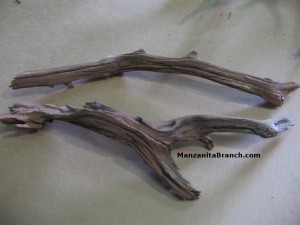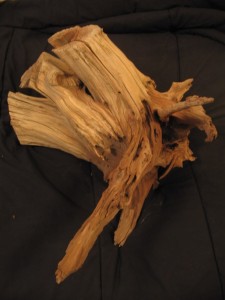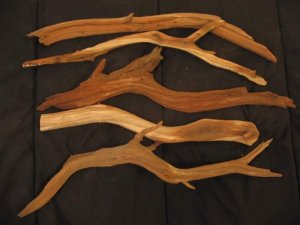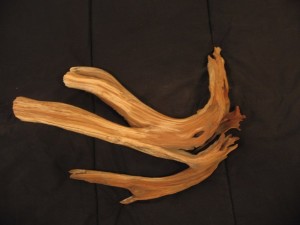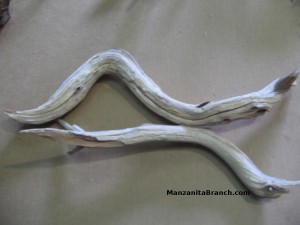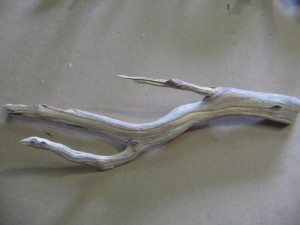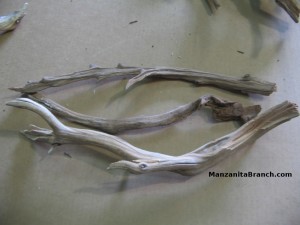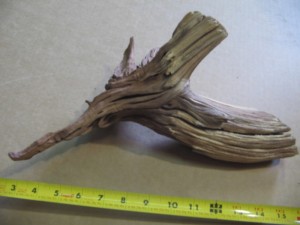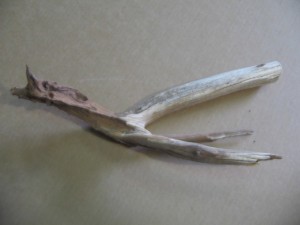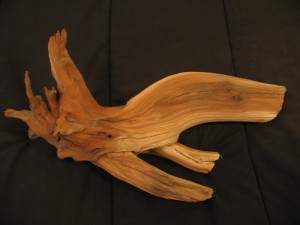 We have manzanita aquarium wood, also known as manzanita driftwood and mountain driftwood. We can provide sandblasted wood or aged wood where the bark has peeled off naturally. We can also provide wood with the bark on, but that is not recommended for aquariums. Our weathered stumps are some of the most unique pieces of wood you can find.
We have manzanita aquarium wood, also known as manzanita driftwood and mountain driftwood. We can provide sandblasted wood or aged wood where the bark has peeled off naturally. We can also provide wood with the bark on, but that is not recommended for aquariums. Our weathered stumps are some of the most unique pieces of wood you can find.
Manzanita is becoming a favorite wood for aquariums, terrariums and reptile tanks. Its appearance and physical properties both make it ideal for these purposes.
Benefits of manzanita aquarium wood:
- It is a beautiful wood, especially under water
- Decay resistant
- Non toxic and low in tannins
- Sinks in water when saturated
Manzanita wood is very unique and beautiful in it’s appearance. Sandblasting brings out its many colors, ranging from a creamy white to browns and almost reds. These colors become enhanced when wet. in an aquarium, the wood will likely weather to a more gray or dark brown or black color, or become covered in algae if not scrubbed clean periodically. For most aquarium owners, this is expected, and it’s the unique shapes of this wood that is it’s appeal, more than its color.
Manzanita is a very hard dense wood, one of the hardest woods in the world. It is also very decay resistant, even under water. Manzanita wood can last for decades in an aquarium. This is good because it will last a long time, but also because it won’t foul the water as some wood can as it decays.
Manzanita wood is commonly used for pets because it is known to be non toxic. It is free of resins, is not an oily wood, and is low in tannins. It does have some tannins, so it should be soaked for a while before being put in your tank so the tannins will leach out. Tannins will make your water turn a brownish color. In most cases, the tannins would not harm the fish, as long as it is not allowed to get to a level where it will turn the water too acid, it just discolors the water. For some tanks, such as Amazon tanks, this color is desired. Soaking it first will prevent this.
Manzanita wood is heavy, but it does float when it is dry. But since it is so heavy, it doesn’t have to soak up much water in order to sink. While you are soaking it to remove the tannins, it can also be saturating. After a week or 2 of soaking, a lot of pieces will be ready to sink. If not, you can soak it longer or go ahead and weigh it down in your tank with a rock or other heavy object. Eventually it will stay submerged on its own.
